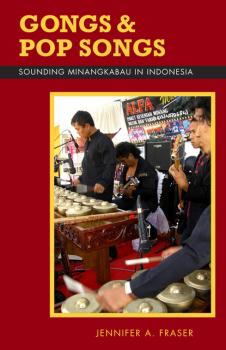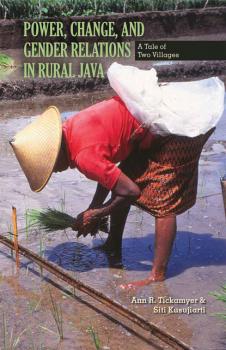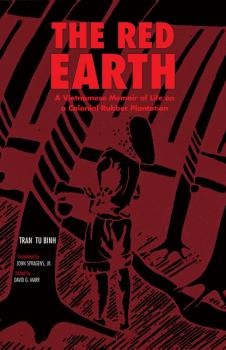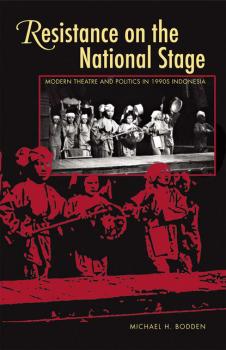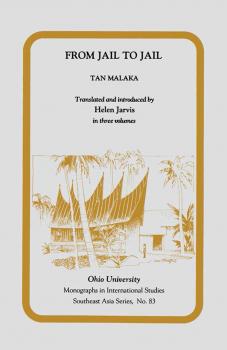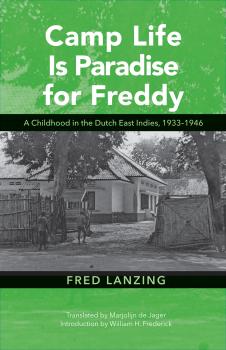ТОП просматриваемых книг сайта:
Research in International Studies, Southeast Asia Series
Скачать книги из серии Research in International Studies, Southeast Asia SeriesАннотация
Информация о книге
Автор произведения Jennifer A. Fraser
Жанр Биология
Серия Research in International Studies, Southeast Asia Series
Power, Change, and Gender Relations in Rural Java - Ann R. Tickamyer
Research in International Studies, Southeast Asia SeriesАннотация
Информация о книге
Автор произведения Ann R. Tickamyer
Жанр Управление, подбор персонала
Серия Research in International Studies, Southeast Asia Series
Аннотация
Информация о книге
Автор произведения Binh Tu Tran
Жанр Биографии и Мемуары
Серия Research in International Studies, Southeast Asia Series
Resistance on the National Stage - Michael H. Bodden
Research in International Studies, Southeast Asia SeriesАннотация
Информация о книге
Автор произведения Michael H. Bodden
Жанр Документальная литература
Серия Research in International Studies, Southeast Asia Series
The Return of the Galon King - Maitrii Aung–Thwin
Research in International Studies, Southeast Asia SeriesАннотация
Информация о книге
Автор произведения Maitrii Aung–Thwin
Серия Research in International Studies, Southeast Asia Series
Аннотация
Информация о книге
Автор произведения Группа авторов
Жанр Экономика
Серия Research in International Studies, Southeast Asia Series
Аннотация
Информация о книге
Автор произведения Ma Ma Lay
Жанр Контркультура
Серия Research in International Studies, Southeast Asia Series
Аннотация
Информация о книге
Автор произведения Tan Malaka
Жанр Биографии и Мемуары
Серия Research in International Studies, Southeast Asia Series
Аннотация
Информация о книге
Автор произведения Talitha Espiritu
Серия Research in International Studies, Southeast Asia Series
Camp Life Is Paradise for Freddy - Fred Lanzing
Research in International Studies, Southeast Asia SeriesАннотация
Информация о книге
Автор произведения Fred Lanzing
Жанр Биографии и Мемуары
Серия Research in International Studies, Southeast Asia Series

